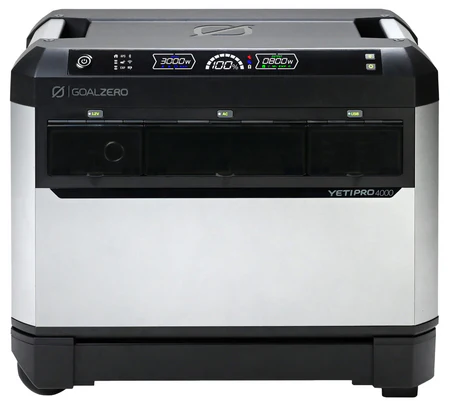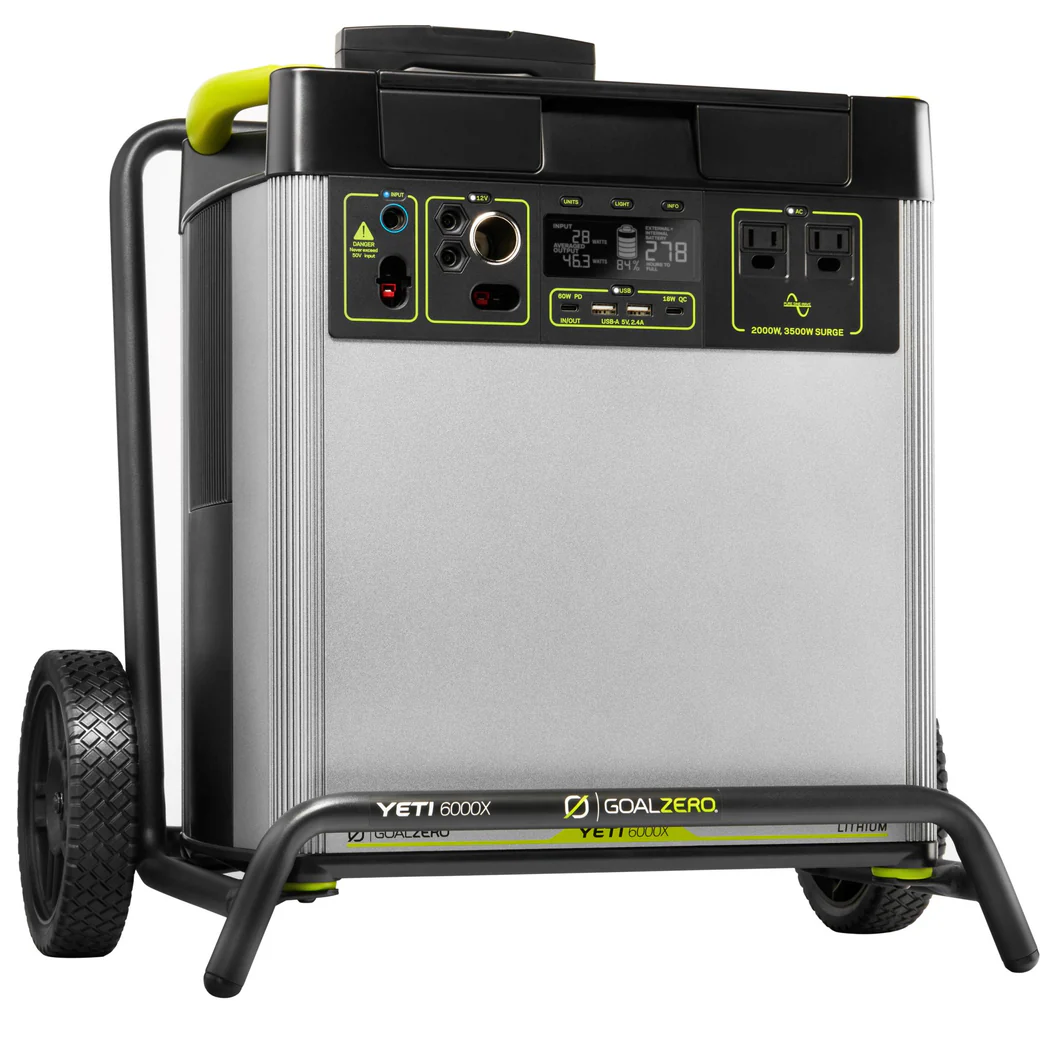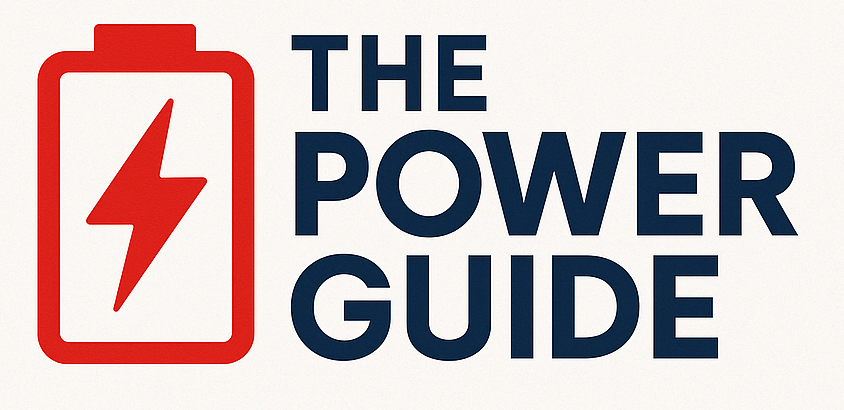Goal Zero
- Goal Zero
- Home
Goal Zero
About the Goal Zero
Goal Zero sells durable, portable power stations, solar panels, and lights for off-grid and emergency power needs, with a mission to provide energy to everyone and a commitment to humanitarian give-back projects. Products range from small USB rechargeable lanterns to large home backup solutions, all designed for safety, sustainability, and ease of use with features like metal casings and app connectivity.
What They Offer
Portable Power Stations (Yeti)
Units with aluminum casings for durability, offering power for home, camping, or professional use.
Solar Panels
Monocrystalline solar panels designed to charge power stations and other devices.
Lights
Bright, rechargeable, long-lasting lanterns and lights for indoor and outdoor use.
Home and Vehicle Integration Kits
Solutions to integrate Goal Zero products into existing power setups.
Expansion Batteries
Additional batteries to expand the capacity of power stations.
Electric Coolers
Ice-free electric coolers for outdoor adventures and power needs.
Who It's For
Campers & Adventurers
Provide portable power for devices and lights on trips.
Emergency & Disaster Relief
Offer reliable energy for homes during power outages from natural disasters.
Professional Users
Support off-grid work in remote locations with reliable power and lighting solutions.
Humanitarian Organizations
Supply energy to off-grid individuals and communities through their give-back programs.

Goal Zero Product Listings

Boulder200 Briefcase

Yeti1500X + (2) Nomad 200 Solar Generator

Nomad 20

Yeti6000X + (2) Boulder200 BC Solar Generator
Bluetti vs Goal Zero — Which Solar Generator is Better?
Bluetti and Goal Zero are two of the biggest names in portable power. But which brand is better for your needs? We compare them side-by-side.
Bluetti
- Design: EcoFlow Delta weighs about 13.1kg.
- Build: EcoFlow’s Delta series features robust materials built for frequent use.
- Battery & Capacity: EcoFlow’s line includes the River (720Wh), Delta (1260Wh), and Delta Pro (3600Wh).
- Price & Value: EcoFlow’s River Pro costs around £300, while the Delta is roughly £800.
- Use Cases: EcoFlow is better for more power-hungry setups, especially if you're running multiple devices.
- Conclusion: Fast charging, expandable systems, smart features, smart home integration. Heavier, higher initial cost, more complex for new users.
Goal Zero
- Design: While the Jackery Explorer 1000 comes in at 11.5kg.
- Build: Jackery focuses on a sleek finish and practicality, making their units perfect for casual adventurers.
- Battery & Capacity: Jackery’s models range from Explorer 500 (518Wh) to Explorer 2000 Pro (2224Wh).
- Price & Value: Jackery’s Explorer 500 is near £400, and the Explorer 1000 sits at about £900.
- Use Cases: Jackery takes the lead for ease-of-carry and quick setup.
- Conclusion: Lightweight, beginner-friendly, dependable, easy to carry. Slower charging, limited expansion, lacks smart features.
Goal Zero Product FAQs
How do I charge the Guide 12 Power bank?
From solar: use Goal Zero Nomad Solar Panels with included USB-A to USB-C cable. From USB: use any USB power source like a wall adapter or computer.
Is the Venture 75 fully waterproof?
Yes with the waterproof door fully closed, the unit is rated at IP67 and is protected against dust, sand, and debris, and can withstand submersion up to 1 meter of water for at least 30 minutes.
How do I know if my power station is charged?
To check the charge level of your Yeti, refer to the LCD Battery Display. When lit up, you’ll see a battery outline with 10 segments, indicating the current charge level. It is okay to use your Yeti even when it’s not fully charged.
